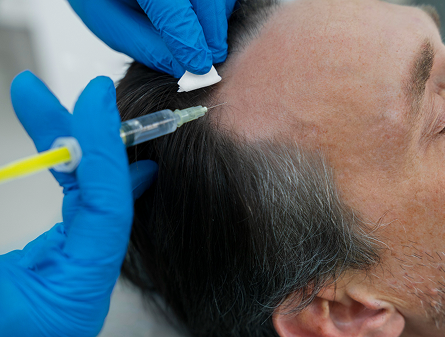Pulsed Electromagnetic Field (PEMF) therapy uses low-frequency electromagnetic fields to encourage healing in tissues through a device. It stimulates the flow of blood to the head in order to promote cellular activity and encourage hair regrowth. Minoxidil is a hair loss treatment that increases blood circulation to the scalp as a topical or oral drug.
Minoxidil can result in thicker and healthier hair growth. While minoxidil is a chemical treatment, PEMF therapy is administered through a device. PEMF therapy can help prevent hair shedding as it prolongs the growth phase of the hair cycle and can be used by a wide range of people suffering from hair loss.
Minoxidil can be used to increase hair density and has been shown to significantly improve hair growth in patients with male pattern baldness. Have a look at the comparison table below to see which treatment is best for your hair loss.
- PEMF uses pulsed electromagnetic fields to stimulate scalp tissue, improve blood flow, and support follicle health.
- PEMF is non-invasive and pain-free; it can be used at home or in clinics.
- PEMF requires regular, often daily, sessions for results.
- Appeals to those preferring device-based therapies.
- PEMF has minimal side effects and no chemical involvement.
- Minoxidil is a topical medication applied directly to the scalp to stimulate hair follicles and prolong the growth phase.
- Minoxidil is widely used and approved for male and female pattern baldness.
- It is applied once or twice daily.
- Minoxidil is easily accessible over the counter.
- It is often used as a first-line treatment for hair thinning.
- PEMF devices have a high initial cost but may become more economical, primarily when used at home.
- Compared to minoxidil, PEMF is a larger upfront investment but avoids ongoing product purchases.
- Minoxidil is affordable and sold in pharmacies under various brands.
- Compared to PEMF, it requires regular repurchasing, making it cheaper in the short term but potentially costlier in the long term.
- PEMF treatment typically requires daily or multiple weekly sessions for several months to achieve and maintain results.
- Unlike minoxidil, sessions are longer but spaced depending on user preference or device guidance.
- Minoxidil must be applied once or twice daily on an ongoing basis.
- Unlike PEMF, skipping applications may lead to rapid reversal of progress and continued shedding.
- PEMF stimulates the scalp using low-frequency electromagnetic waves to promote healing and follicle stimulation.
- In contrast to minoxidil, it acts without touching or chemical penetration into the skin.
- Minoxidil dilates blood vessels and encourages oxygen and nutrients to reach follicles.
- Unlike PEMF, it is dependent on the topical chemical effect instead of device-mediated stimulation.
- PEMF is also safe with no major side effects known when used properly.
- In contrast to minoxidil, it avoids skin irritation and allergic reactions accompanying topical solutions.
- Minoxidil may cause itching, dryness, or irritation, particularly in sensitive scalps.
- Unlike PEMF, long-term administration can result in side effects such as facial hair that is not desired or flaking for a few users.
- PEMF requires using a specific device regularly, which may be less convenient for users with busy routines.
- Compared to minoxidil, it demands more setup time and consistency with equipment use.
- Minoxidil is quick and easy to apply, usually taking just a few minutes daily.
- Unlike PEMF, it does not require equipment and integrates easily into a morning or evening routine.
- EMF is harder to acquire and usually needs to be bought on the internet or from specialised clinics.
- Unlike minoxidil, it is not readily available at pharmacies or general stores.
- Minoxidil can be obtained readily over the counter and online in Australia.
- It is easier to acquire and use relative to PEMF without the approval of the clinician.
- PEMF may yield sustainable benefits with multiple long-term uses but may lead to a gradual return to baseline following termination of treatment.
- Compared to minoxidil, they tend to be slower to develop but are possibly more enduring once stabilised.
- Minoxidil needs continuous administration to sustain gains.
- Compared to PEMF, treatment cessation can lead to significant shedding and speedy return to baseline.
- PEMF can also be combined with topical or oral treatments such as minoxidil or supplements to enhance effects further.
- It is utilised compared to minoxidil in wider schemes as an adjunct therapy.
- Minoxidil is used in combination with PEMF or oral treatment and is also a part of multi-modal treatments.
- Unlike PEMF, it is often the foundation of topical treatment plans due to its proven efficacy.
- PEMF appeals to those seeking a non-chemical, technology-driven treatment that feels gentle and safe.
- Compared to minoxidil, it offers a sense of high-tech innovation and control.
- Minoxidil appeals to users seeking simplicity, affordability, and accessibility.
- In contrast to PEMF, it is widely trusted, but may feel clinical or impersonal to some users.
- PEMF improves cellular activity, circulation, and scalp condition without systemic effects.
- Unlike minoxidil, it supports scalp health holistically and may have added wellness applications.
- Minoxidil helps stimulate follicles and extend growth cycles but doesn’t directly improve scalp health or blood flow.
- Compared to PEMF, its effect is more targeted but less holistic.
- PEMF devices generate no ongoing product waste once purchased, though they require electricity and initial materials.
- Compared to minoxidil, they are more sustainable over long-term use.
- Minoxidil involves continual use of plastic bottles and applicators, contributing to packaging waste.
- In contrast to PEMF, it generates more disposable material over time.
Shop our hair solutions
We are committed to providing affordable hair regeneration services for people all over Australia. Our formula can help you regain your confidence.
Shop Now

PEMF vs Minoxidil Treatment For Hair Loss Comparison Summary
Minoxidil treatments have been researched and used for tackling hair loss for a long time meaning there are a range of competitors providing different topical and oral solutions that combine the chemical with other hair growth ingredients.
PEMF therapy for hair loss is a relatively new treatment device, with the only PEMF hat developed with hair loss in mind only currently being sold in the US and the EU. Your dermatologist may have a PEMF device that can be combined with other non-invasive treatments like low-level laser light therapy.
Minoxidil treatments need to be performed up to twice a day to enjoy results while PEMF treatments in a clinic start at once or twice a week and then reduce over time.
At-home PEMF devices are more likely to help prevent hair thinning and shedding while clinical-grade PEMF treatments are better equipped to help treat androgenetic alopecia and prevent hair loss from chemotherapy. Similarly, minoxidil is also better equipped to deal with more advanced hair loss.
User Guidance
When used on its own, PEMF treatments are not known to cause any adverse side effects. PEMF therapy may be combined with LLLT or topical solutions like minoxidil but side effects experienced will likely be due to those treatments.
Minoxidil is a more accessible treatment with over-the-counter options available along with easy access to online pharmaceutical-grade prescriptions. The lack of reported side effects when used as a monotherapy means it can be appealing for a short-term solution.
Minoxidil works well as a long-term solution since the results require daily upkeep and could more easily be incorporated into your hair care routine whether by topical application or through a daily pill.
Take Our Hair Loss Quiz to See Which Treatment Suits You?
Take A Hair Quiz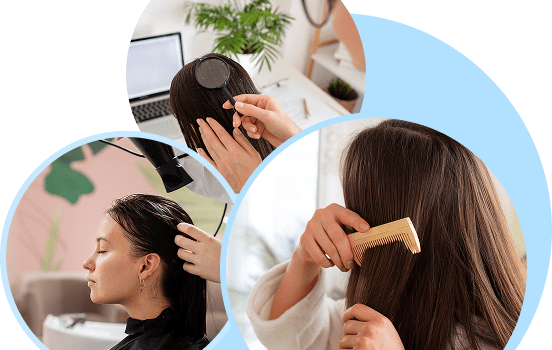

Frequently Asked Questions
We have put some commonly asked questions.
Nunc scelerisque tincidunt elit. Vestibulum non mi ipsum. Cras pretium suscipit tellus sit amet aliquet. Vestibulum maximus lacinia massa nontor.
Platelet-rich plasma (PRP) treatment involves drawing blood from the patient, isolating the beneficial nutrients and injecting it into the scalp where hair loss is occurring. This promotes hair growth and has many other applications from encouraging healing to skin rejuvenation.
Platelet-rich plasma (PRP) treatment involves drawing blood from the patient, isolating the beneficial nutrients and injecting it into the scalp where hair loss is occurring. This promotes hair growth and has many other applications from encouraging healing to skin rejuvenation.
Platelet-rich plasma (PRP) treatment involves drawing blood from the patient, isolating the beneficial nutrients and injecting it into the scalp where hair loss is occurring. This promotes hair growth and has many other applications from encouraging healing to skin rejuvenation.

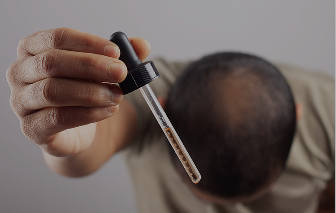

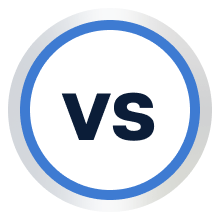

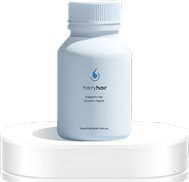
 See All
See All